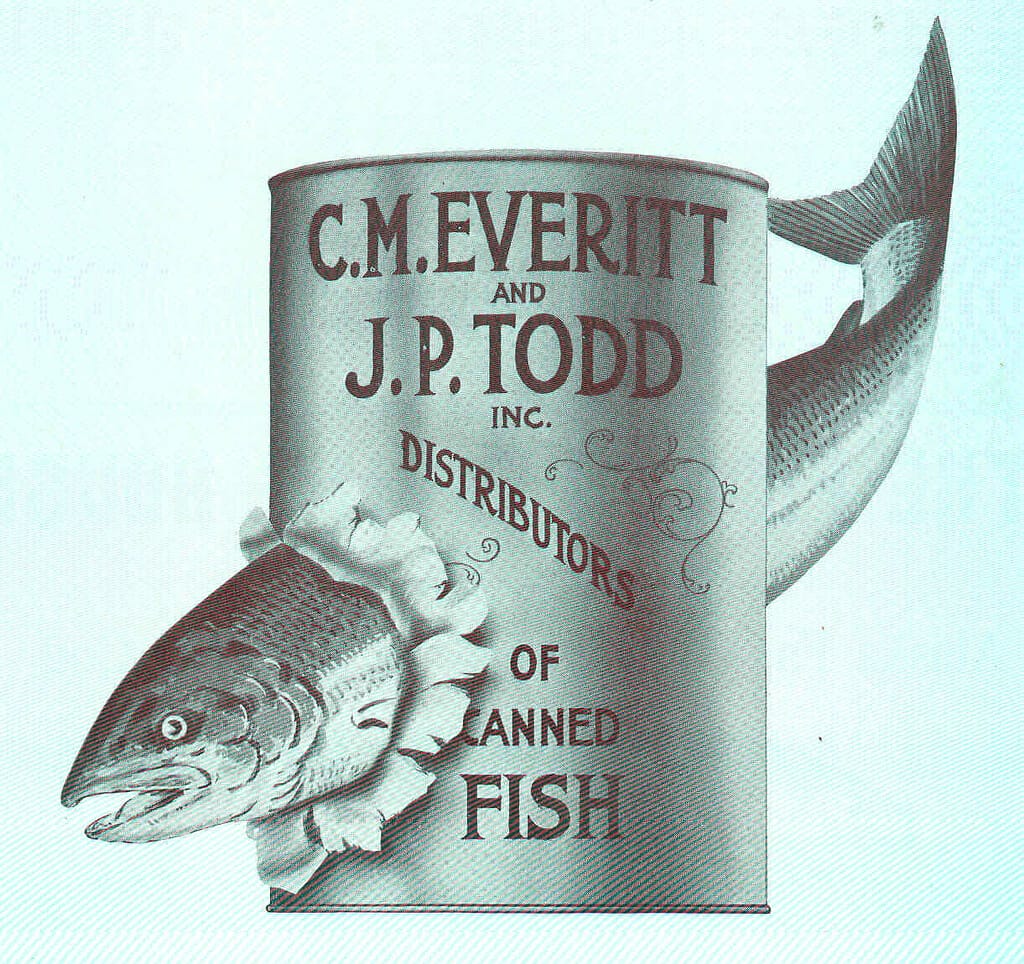Fish are under a lot of pressure. Overfishing is one big threat, with most of the world’s fish stocks being used unsustainably. Climate change is another problem, as is plastic pollution. Then, there are the natural problems they have to face, like predation and parasites. All of these are stressors for fish, and the situation is getting worse. But how do you know how bad it’s getting, when we’ve only been studying some things for the past couple of decades?
Natalie Mastick, currently a postdoctoral researcher at the Peabody Museum of Natural History at Yale University, thought long and hard about all this. She wanted to investigate Alaskan marine food webs, looking specifically at parasites, but had trouble finding old enough samples. Then, she came across an unexpected solution: cans.

Another way to store data
The Seafood Products Association, a Seattle-based trade group, had a lot of cans they were setting aside each year for quality control purposes. They’ve been doing this since 1979 — and they didn’t really need the older samples. So, they donated samples gathered from the Alaska area from 1979 to 2019 to Mastick and her co-author, Rachel Welicky, an assistant professor at Neumann University in Pennsylvania.
“We have to really open our minds and get creative about what can act as an ecological data source,” said Mastick.
The two researchers analyzed the contents of 178 cans and counted the number of anisakid roundworms in the fish. These roundworms are common, small marine parasites about a centimeter long (0.4 inches) that tend to coil up in the muscles of some fish.
As gross as that sounds, these parasites were killed in the canning process and posed no risk to humans. As long as the fish are cooked, the parasites shouldn’t pose any risk. It’s only in sushi or uncooked fish that the parasites can cause problems, triggering symptoms similar to food poisoning.
But researchers weren’t looking at things from a human perspective — they were looking at it from an environmental perspective.
“Everyone assumes that worms in your salmon is a sign that things have gone awry,” said Chelsea Wood, a UW associate professor of aquatic and fishery sciences. “But the anisakid life cycle integrates many components of the food web. I see their presence as a signal that the fish on your plate came from a healthy ecosystem.”
Complex parasites
The anisakid worms have a complex lifecycle, usually passing through a number of hosts before laying new eggs. They start out as eggs and hatch into larvae, which are then ingested by crustaceans. This marks the first intermediate host in the cycle. Small fish or squid consume the infected crustaceans, becoming the next host and accumulating the larvae within their tissues. As larger predatory fish eat these smaller hosts, the larvae continue to move up the food chain, increasing in size with each host change. The lifecycle culminates when marine mammals consume these infected fish, allowing the larvae to mature into adults and reproduce within the mammal’s digestive tract, thus completing the cycle.
This means that you can tell some things about an ecosystem by the number of anisakids present in fish.
“If a host is not present — marine mammals, for example — anisakids can’t complete their life cycle and their numbers will drop,” said Wood, who is senior author on the paper.
Salmon history
They found that the number of anisakids in pink salmon has been increasing. In an indirect way, this could show that marine conservation is working. In 1972, Congress passed the Marine Mammal Protection Act. This gradually allowed populations of sea mammals like seals, sea lions, orcas and others to recover following years of decline.
“Anisakids can only reproduce in the intestines of a marine mammal, so this could be a sign that, over our study period — from 1979 to 2021 — anisakid levels were rising because of more opportunities to reproduce,” said Mastick.
Burt notes this isn’t the only possible explanation. It could also be that rising temperatures were favoring parasites. How to interpret this data is not clear, but it does help researchers gain new insights into ecosystems of the past.
Mastick and Wood believe this approach can also be used to look at parasite levels in other canned fish, like sardines. They want to encourage other researchers to find creative sources of data to use for this type of research.
“This study came about because people heard about our research through the grapevine,” said Wood. “We can only get these insights into ecosystems of the past by networking and making the connections to discover untapped sources of historical data.”
The study was published in Ecology and Evolution.


